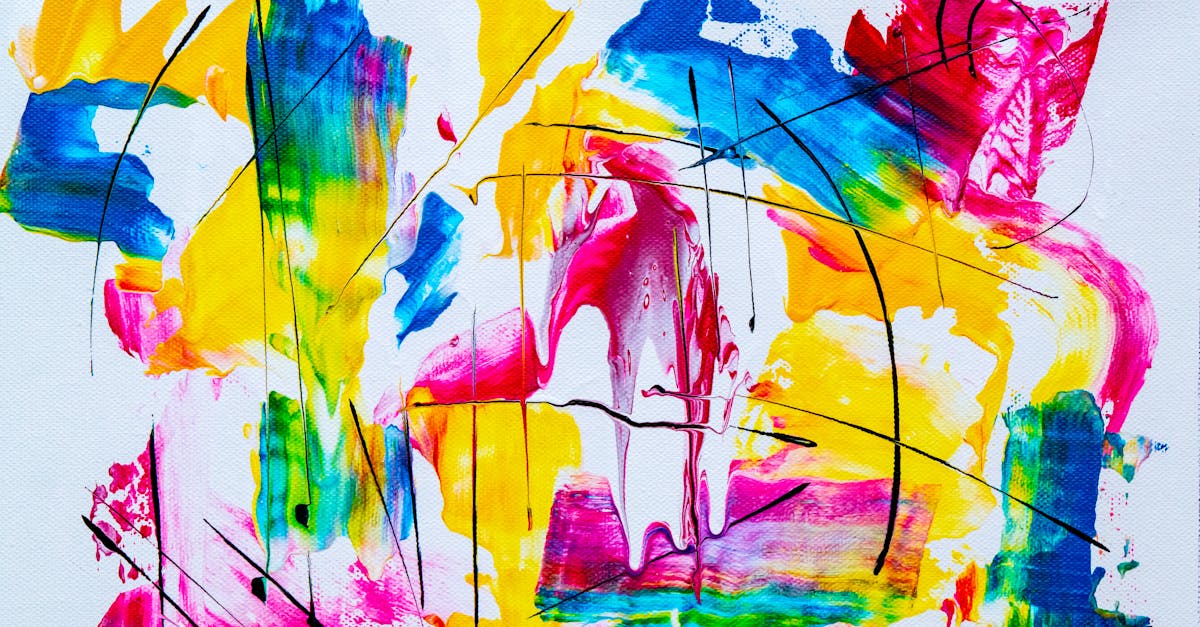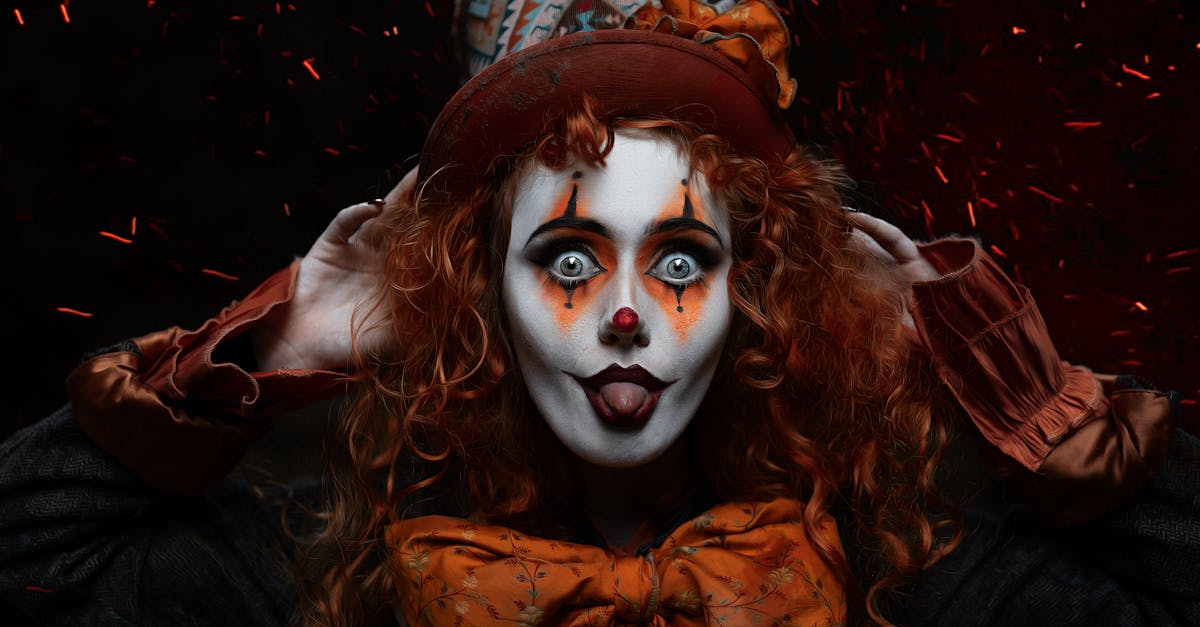The Future of Digital Arts and Entertainment
Introduction
As we advance further into the 21st century, the landscape of digital arts and entertainment continues to evolve at an astonishing pace. This transformation is driven largely by advancements in technology and the increasing integration of Artificial Intelligence (AI) and Virtual Reality (VR) into art and entertainment forms. Our consumption of these forms is changing, with traditional methods being augmented or wholly replaced by innovative digital experiences. Artists and entertainers are embracing new tools that enhance creativity, technical expression, and audience engagement. This article delves into the influences shaping the future of digital arts and entertainment, exploring the trends and technologies revolutionizing the industry. From interactive storytelling and AI-driven design to immersive experiences, these developments promise to redefine creative expression itself.
Advertisement
The Role of Artificial Intelligence
AI is rewriting the rulebook for creativity, offering unprecedented possibilities for digital artists and entertainers. Generative AI algorithms allow computers to create new works of art, music compositions, and even poetry, mimicking human creativity with impressive results. In the entertainment sector, AI enhances personalized content recommendations, improving viewer engagement based on preferences. Artists and developers are also employing machine learning to create responsive and interactive environments that react to user inputs in real-time. As AI technologies grow more sophisticated and accessible, we can expect a revolution in both the creation and consumption of artistic works.
Advertisement
Transformative Power of Virtual Reality
Virtual Reality (VR) has taken the realm of immersive experiences to new heights in digital arts and entertainment. This technology enables users to step into completely virtual worlds, offering an experience that's vastly different from traditional media. Visual artists and filmmakers use VR to create multisensory art pieces where audiences can explore aspects of a story visually and physically. Meanwhile, the gaming industry is leveraging VR to blur the lines between players and creators. Challenges remain—such as motion sickness and high adoption costs—but as technology advances, VR promises to become an integral part of artistic expression.
Advertisement
Augmented Reality Enhancements
Unlike VR, which creates fully virtual environments, Augmented Reality (AR) overlays digital content onto the real world. Its applications are exponentially increasing, with AR being used to bring art exhibitions to life, enhancing gameplay in mobile games, and even revolutionizing live performances with dynamic visual effects. The blending of digital and physical realms allows artists to explore new methods of engaging their audiences interactively. On the entertainment front, AR facilitates campaigns where users can interact with characters in their own environment, bringing new layers of depth into storytelling and brand engagement.
Advertisement
Blockchain and NFTs in Art
Blockchain technology and Non-Fungible Tokens (NFTs) are making waves in digital arts by offering artists new platforms for creation, ownership, and revenue generation. Digital creators can now authenticate their artworks and sell them as NFTs, providing proof of ownership and a novel purchasing experience for buyers. This technology also empowers artists to receive royalties on secondary sales, offering unprecedented market control. While NFTs remain controversial due to environmental concerns and market volatility, they herald a new chapter where digital art can be owned, traded, and appreciated similarly to physical artworks.
Advertisement
The Influence of Streaming and Digital Platforms
Streaming services like Netflix, Spotify, and YouTube have revolutionized how we consume digital content, making entertainment more accessible and customizable. Similarly, platforms like TikTok and Instagram have opened new avenues for creatives to reach larger audiences, democratizing the process of content creation and distribution. Meanwhile, video game streaming communities have created a new form of interactive entertainment, with live streaming allowing viewers to influence a gamer's actions in real-time. This interconnected digital ecosystem fosters endless possibilities for creativity, collaboration, and audience interaction.
Advertisement
Creating Interactive Storytelling Experiences
Interactive storytelling merges traditional narrative structures with user-led decision-making processes, reshaping storytelling in digital arts and entertainment. This has become prevalent in video games, but it's expanding to other mediums like interactive films and theater productions. By allowing audiences to choose their path, creators can craft dynamic, personalized experiences. This approach is also gaining traction in marketing campaigns, where brands engage consumers through immersive, story-driven content. With technology enabling deeper audience involvement, interactive storytelling stands to become a cornerstone in both digital art and mainstream entertainment.
Advertisement
Challenges and Ethical Considerations
While digital arts and entertainment are rapidly evolving, they also pose challenges concerning content creation, distribution, and consumption ethics. Issues like data privacy, intellectual property rights, and the authentic representation of digital artworks require constant attention. Additionally, maintaining ethical AI use involves addressing biases that may exist in algorithmic creations. Ensuring these technologies are accessible and inclusive remains vital to fostering a fair digital culture. Industry leaders, artists, and policymakers must navigate these challenges carefully to ensure future innovations align with ethical and cultural values.
Advertisement
Education and Skill Development in Digital Arts
As digital arts and entertainment demand new skill sets, educational opportunities are expanding to prepare future creatives for evolving career landscapes. Institutions offer specialized courses in game design, animation, and digital media, integrating cutting-edge technology training with traditional artistic foundations. Online learning platforms also enable self-paced education for aspiring creators worldwide. As the field grows, emerging artists and technicians must remain adaptable, continuously updating their skills to stay relevant. Education and experience within digital arts nurture talent that is well-equipped to harness new opportunities as technology progresses.
Advertisement
Conclusion
In conclusion, digital arts and entertainment are on the brink of a transformative future, fostered by technological advancements and innovative artistic approaches. The fusion of AI, VR, AR, and blockchain technologies will continue shaping the industry's landscape, offering creative, immersive, and personalized experiences for audiences worldwide. By addressing ethical concerns and embracing inclusive practices, we can ensure a vibrant and progressive digital arts ecosystem. As technology and society evolve hand-in-hand, the possibilities for expression and engagement within digital entertainment will only expand, redefining our relationship with art and storytelling in utterly inspiring ways.
Advertisement


